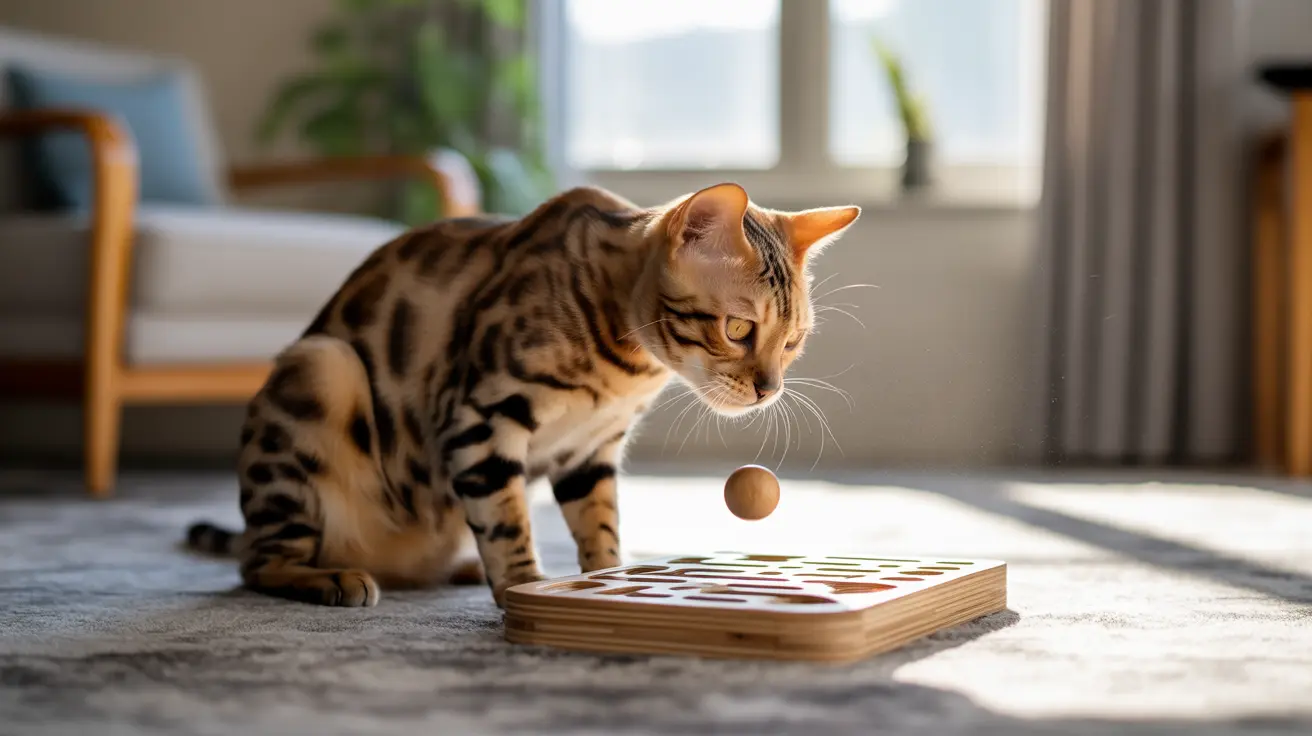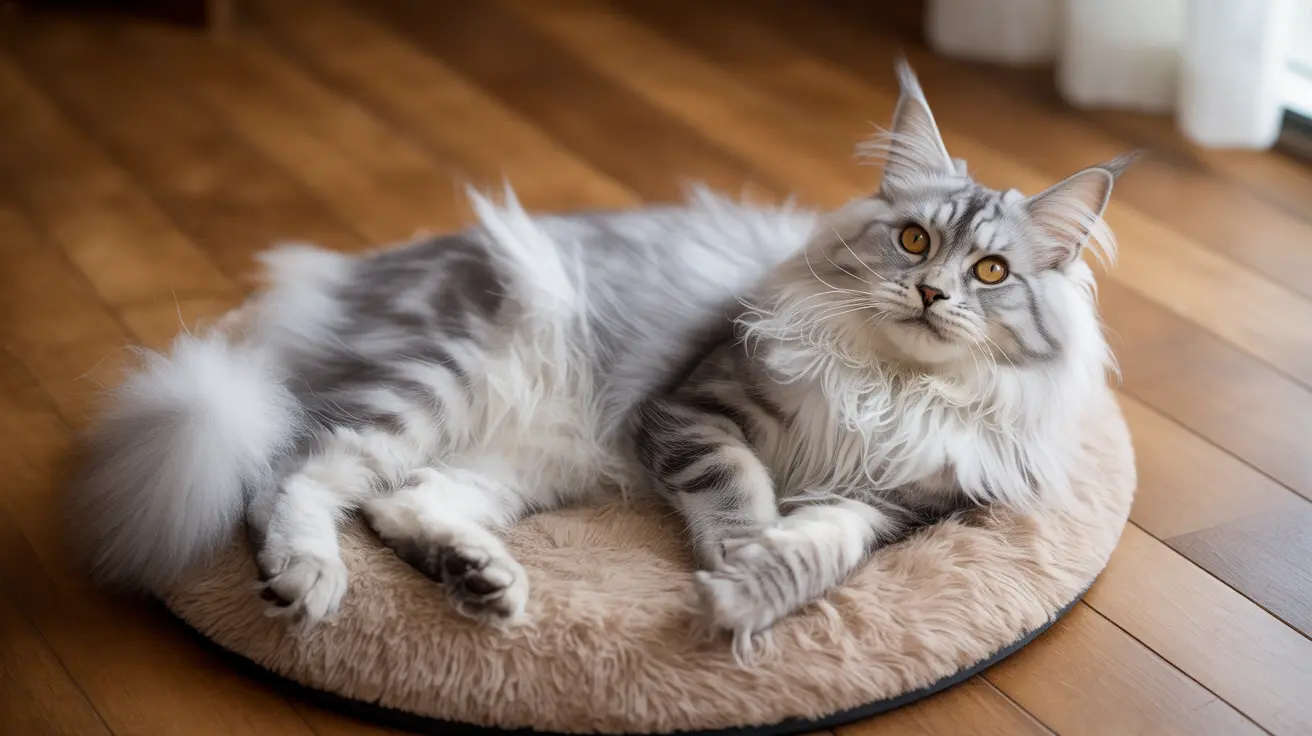Establishing Leadership: How to Show Your Dog You're the Alpha
Being the alpha or leader of your dog is not about dominance or intimidation—it's about clear communication, consistent rules, and building trust.
Understanding Alpha Behavior
In modern dog training, the term "alpha" refers more to being a guiding, reliable figure than being harsh or controlling. Dogs thrive in a structured environment where their human clearly leads with confidence and fairness.
Key Principles of Establishing Leadership
- Consistency: Enforce house rules diligently. If your dog isn’t allowed on furniture, always follow through, without exceptions.
- Obedience Training: Teach and reinforce basic commands such as sit, stay, come, and heel. These build your authority and ensure your dog looks to you for direction.
- Positive Reinforcement: Reward desired behaviors with praise, treats, or play. This teaches your dog what is expected—and makes you a source of good things.
- Control Over Resources: Use food, toys, and attention as tools to encourage desired behavior. For example, have your dog sit calmly before feeding.
- Impulse Control: Train your dog to wait patiently, especially around distractions or guests. This teaches discipline and enhances your leadership.
Guard Dog Leadership Tips
If you're training a guard dog, these elements become even more vital. A dog protecting home and family must be under strict control and able to differentiate true threats from everyday situations.
- Early Socialization: Let your dog explore different settings, people, and animals. This builds confidence and reduces inappropriate aggression.
- Structured Obedience: Master basics first—advanced protection training requires a deeply embedded foundation of simple commands.
- Controlled Aggression: Train the dog to restrain itself, even under threat. It must only act under your command and stand down when told.
- Bark Control: Teach barking on command, and quieting when told. This gives you ultimate say over when the dog acts defensively.
- Patrolling and Awareness: Use consistent routines and reward alert but non-aggressive behavior. Help your dog know what is normal versus unusual.
- Test and Reinforce: Periodically rehearse scenarios with decoys to ensure your dog responds appropriately and defers to your decisions.
The Role of Professional Training
While basic obedience can be taught at home, protection training should involve professionals. Incorrect training methods or overestimating your dog’s abilities can lead to dangerous outcomes—always prioritize safety.
What to Avoid
- Never use violence or fear: These damage trust and can provoke aggression.
- Avoid overprotectiveness: A good guard dog is calm and in control, not anxious or reactive.
- Don't push unsuitable breeds: Not all dogs are built for protection work. Choose a breed and individual that fits your needs and skill level.
Evaluating Your Readiness
Before attempting to 'lead the pack,' ask yourself:
- Can I provide daily, structured training?
- Do I understand canine body language and stress signals?
- Am I prepared to meet the emotional and physical needs of a working breed?
- Do I have access to knowledgeable trainers and support?
Final Thoughts
Being the alpha isn’t a brutal concept—it’s the art of being a confident, calm, and consistent leader. Whether you’re training a family pet or a guard dog, your role is to build a respectful and trusting relationship that ensures the safety and happiness of both dog and owner. Consistently reinforce appropriate behaviors, maintain structure, and lead by example to demonstrate authority without fear or aggression.





